Boating has been a popular recreational activity for centuries. It is a fun way to spend time outdoors. A boat is usually a watercraft of some sort, but not necessarily smaller than an aircraft, which is usually defined by its larger size, longer shape, passenger or cargo capacity, or both. There are two basic types of boat hulls to consider. There are both “open” and “closed” boats. Open boats don’t have any sort of protection from the elements of water or air.
Boat hulls: that are open usually have a single curtain of windows along the top of the boat. This provides some sort of protection from the elements but leaves everything else open to the elements. People who enjoy boating often use the bow-end of their boat as a means of keeping themselves safe from the elements. Unfortunately, this can also be a place where they are at a higher risk of encountering dangerous or even deadly circumstances. This is why it is very important to make sure that you are as safe and secure as you can when you are on the water.
It has been estimated: that there is approximately ten-thousand accidental drownings or boat deaths in the United States each year. Of those accidental deaths, one-thirds were due to recreational boats, according to statistical data compiled by the U.S. Coast Guard. This statistic is interesting, especially given the relatively small size of recreational boats compared to commercial or pleasure craft. One reason why recreational boats are particularly prone to fatal injuries or accidents is because they are more able to slip or turn than powerboats or jet skis, which are more maneuverable.
While the number of fatal or injury related boating: incidents attributed to pleasure craft continues to drop, the number of recreational boating-related fatalities continues to increase. This increase has a lot to do with the types of vessels being used. While powerboats are usually associated with pleasure craft, studies have shown that a large portion of recreational boating crashes can be attributed to pleasure craft that are not considered to fall into one of the broad categories described above. In short, if you want to take your chances of surviving a boating accident, it might be best to stick to boats that fall into one of the more forgiving categories. Let’s take a closer look at the five most common types of watercraft involved in fatal or accident related accidents:
Boats that fall into the first three categories: above are generally known as “passenger” boats. This means that they are designed for passengers who will be using the boat for short periods of time. This can include day trips or overnight journeys. Most passenger boats will have at least one life jacket worn by a passenger during an emergency. Additionally, most boats will be equipped with some form of emergency signaling devices such as CB radios and bright orange lights. It should also be relatively easy to connect with emergency services and other boaters using the same channel.
The fourth type of watercraft typically: involved in fatal or accident related accidents is a boat that is operated by a non-passenger. These can include yachts and luxury sports boats. As with passenger boats, most of these boats will have at least one life jacket worn by a crew member in the event of an emergency. However, there are now some states in which it is illegal to operate a yacht or other boat without the proper safety equipment on board. Some of the main reasons why this is the case are because marinas and yacht clubs are often frequented by boating hobbyists, many of whom do not carry the proper safety gear.
Life vests and other items can be purchased from marinas or yacht clubs for around $40 or less, depending on the provider.

